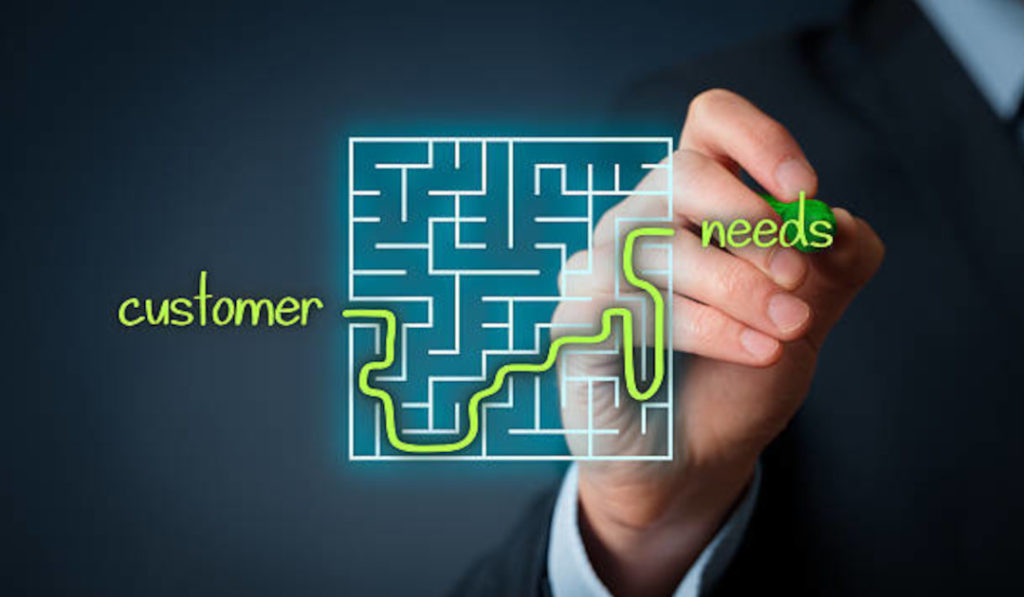“Can it be it was all so simple then? Or has time rewritten every line?” Famous words sung by Barbra Streisand in The Way We Were. The past has a magnetic pull on us as we fondly remember how we used to do things. We have been rudely awakened into a new future far faster than any of us was ready for. Primarily driven by Covid and related factors, our new reality is to embrace digital and remote work as standard.
Many sales organizations struggle for face time with customers. Customers struggle getting a live human to address questions. Neither businesses nor consumers are getting timely delivery on many goods and services and all of them are costing much more as inflation continues to accelerate. Companies are evaluating the trade-off of accommodating employees’ preferences for work-at-home as they struggle to create team vision, higher productivity, and collaboration.
According to recent reports I have seen:
- Office occupancy continues to be a challenge as many workers stay remote. Kastle, above, has been collecting security card swipe information for decades, and when comparing that data to pre-pandemic and post-pandemic volumes, national swipes are still just 43.6% of what they were prior to the pandemic.
- Technology is changing how we do business. Telehealth visits are now common, Zoom and Teams are the lifeblood of internal and external communication, processes are being automated sooner, and data turned into information is a new revenue stream. Consider a provider like Kastle above that now markets the data it collects from its services and products. And that is just the tip of the iceberg.
- The Consumer Price Index is up 8.5% over the year, led by energy at over 20% and food at 10%, in July 2022. Housing prices will remain high and growing until supply catches up with demand. They increased 13% in Kansas City in the last 12 months and are up 110 percent since 2002.
- Interest rates are climbing as the Feds issued one of the most aggressive rate hikes since 1994. Mortgage rates are forecasted in the 5% range through 2025 (although this is not a historically high level).
The sooner we accept that we can’t stuff the genie back in the bottle, the sooner we will be able to tackle the hard questions that dictate our future. “How do we better meet customer’s needs given they want to/have to do business differently?” Now is the time to become more intimately acquainted with customer needs from an “outside-in” perspective. What do they need and what do they want? It may not always be what works best for our organizations (inside-out).
According to a Harvard Business Review article by Barsouz, Wade and Bouquet, all professors at IMD, defining needs require two approaches: Improving your vision of mainstream users and challenging your vision by looking at unconventional users. In other words, instead of using the next few years to play defense against the tide of changes we all face, use it to play offense to develop a winning strategy, leveraging some of these challenges to become catalysts for a much more enriched set of products and services that catapult customers value proposition to a new level.
Where to start?
- Talk to current and potential customers. Look for shared problems, identify unique niches.
- Define high priority and differentiating opportunities that leverage some of your biggest strengths. This could be bundling services with products, delivering through a digital channel, changing the paradigm on speed, or a number of other ways to change the value proposition to make it more current, relevant and especially valuable. Be sure what you prioritize has an ample profit pool potential.
- Reallocate resources to make it happen. Where will resources come from? They will come from your existing business as you better understand the concept of leverage—redeploying resources to where they provide the best return and eliminating activities that don’t generate significant return. One of the best ways to do that is to develop a customer segmentation approach that manages cost to serve. https://breakthroughmaster.com/what-is-your-customer-strategy/
- Develop the implementation plan, communicate frequently to all stakeholders and revise as outcomes dictate. This is not a build-it-and-they-will-come plan. People won’t gravitate to what they don’t know or can’t imagine. However, if you keep customer needs at the core of what you plan to do and how you plan to message the new offer, it should be something they are excited about. It only succeeds if customers truly value what you provide.
Let us know how we can help. The most important thing to do is start!

